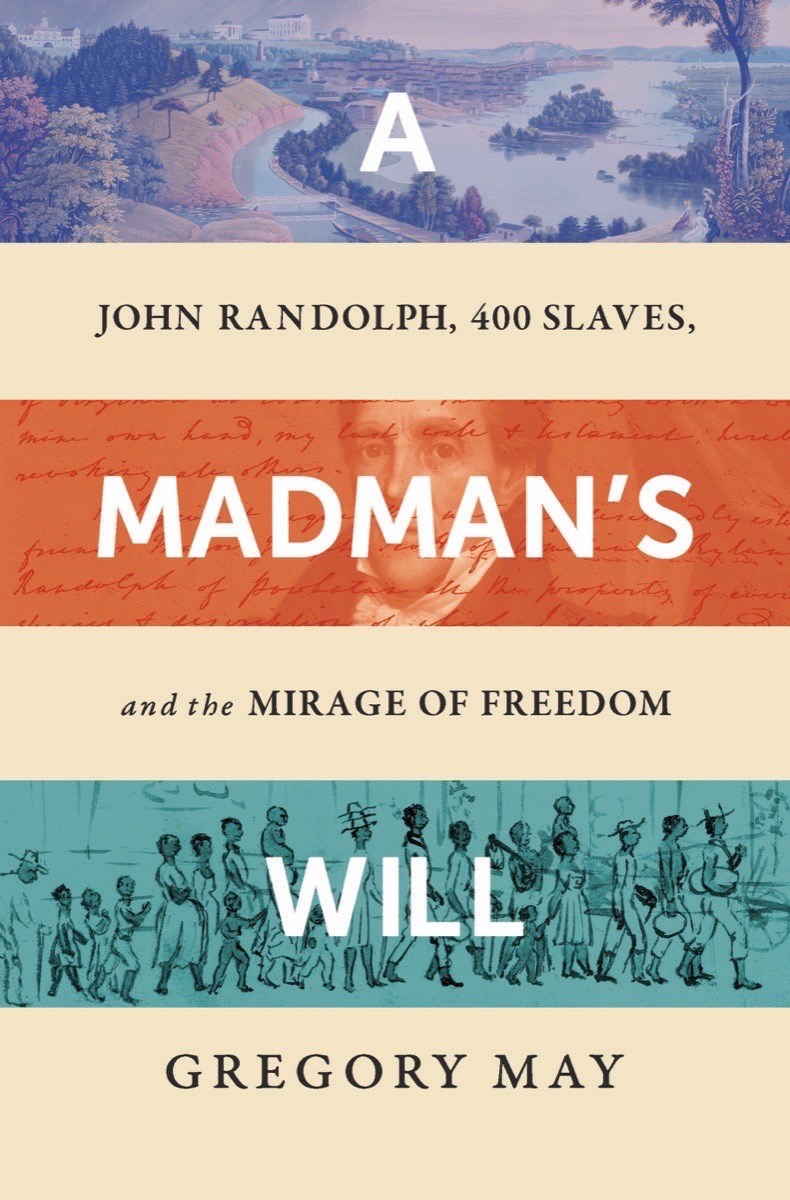2018 School Spending Survey Report
A Madman’s Will: John Randolph, Four Hundred Slaves, and the Mirage of Freedom
COPY ISBN
VERDICT Exhaustively researched but written for a general audience, this book urges readers to consider the consequences of enslavement, racism, and the reality that manumission was less about people and more about money and power.
RELATED
ALREADY A SUBSCRIBER? LOG IN
We are currently offering this content for free. Sign up now to activate your personal profile, where you can save articles for future viewing




Comment Policy: